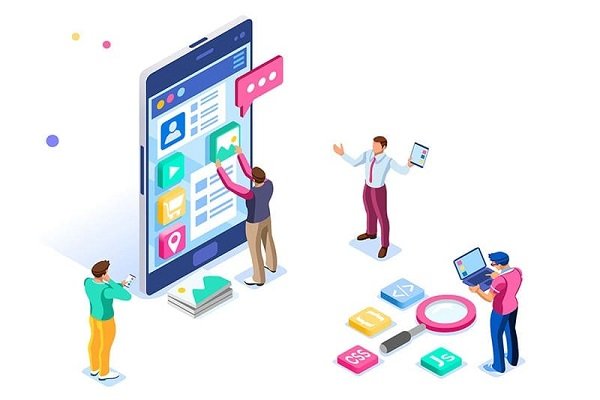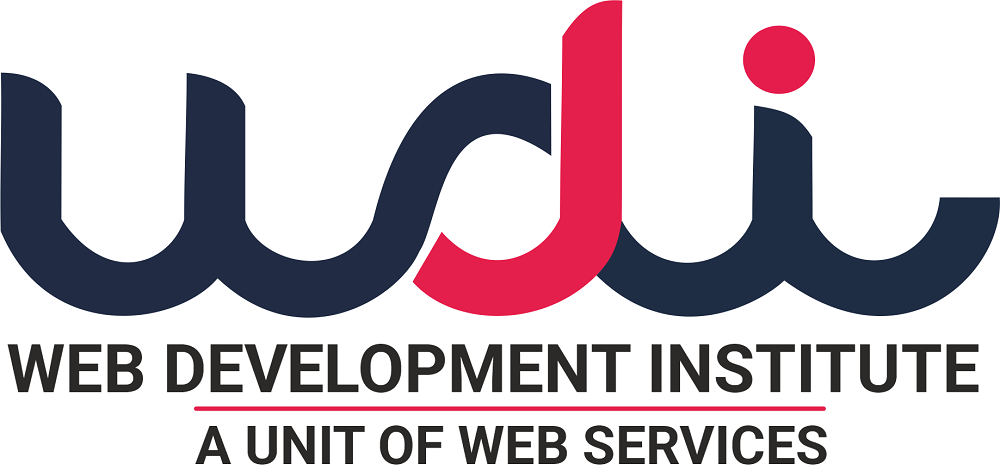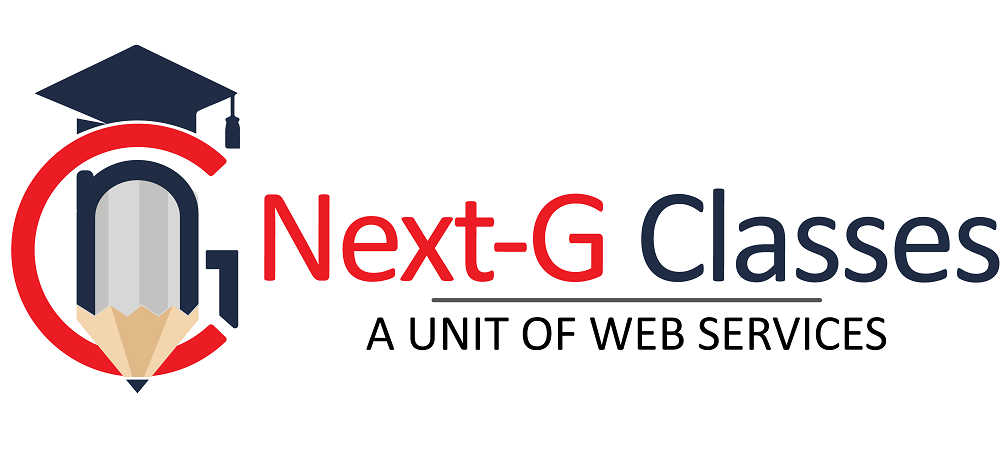Website & Application Development
Website & Application Development
Website and application development are essential components of the digital ecosystem, enabling businesses, organizations, and individuals to reach their target audiences and provide services or content efficiently. Here's a detailed overview:

Website Development
The process of creating, designing, and maintaining a website, focusing on user experience, functionality, and aesthetics.
Key Components:
Front-End Development:
- Technologies: HTML, CSS, JavaScript.
- Focus: User interface (UI) and experience (UX).
- Frameworks/Libraries: React.js, Angular, Vue.js.
Back-End Development:
- Technologies: PHP, Python, Node.js, Ruby, Java, .NET.
- Focus: Server-side operations, databases, and application logic.
- Databases: MySQL, PostgreSQL, MongoDB.
Full-Stack Development:
- Combines front-end and back-end skills for end-to-end solutions.
- Frameworks: MERN (MongoDB, Express.js, React, Node.js), LAMP (Linux, Apache, MySQL, PHP).
CMS Integration:
- Platforms: WordPress, Joomla, Drupal.
- Use: Easy management of content without coding knowledge.
Responsive Design:
- Ensures compatibility across devices (mobile, tablet, desktop).
- Tools: Bootstrap, Tailwind CSS.
E-Commerce Features:
- Platforms: Shopify, WooCommerce, Magento.
- Functions: Shopping cart, payment gateway, product catalog.
Application Development
Creating software applications for mobile, desktop, or web platforms to address specific user needs.
Types of Applications:
Web Applications:
- Examples: Google Docs, Trello, Gmail.
- Built with: HTML, CSS, JavaScript, frameworks like Angular or React.
- Hosted on cloud or private servers.
Mobile Applications:
- Platforms: iOS, Android.
- Technologies:
- Native Development: Swift (iOS), Kotlin/Java (Android).
- Cross-Platform: Flutter, React Native, Xamarin.
- Distribution: App Store (iOS), Google Play (Android).
Desktop Applications:
- Platforms: Windows, macOS, Linux.
- Technologies: C++, Java, Electron.js (for web-based desktop apps).
Hybrid Applications:
- Combine web and native app features.
- Built with frameworks like Ionic or Cordova.
Key Development Processes
Planning:
- Define objectives, target audience, and features.
- Create a project roadmap and wireframes.
Design:
- UI/UX design focusing on user interaction and aesthetics.
- Tools: Figma, Adobe XD, Sketch.
Development:
- Coding and implementation using selected technologies.
- Regular testing for functionality, compatibility, and security.
Testing & QA:
- Types: Unit testing, integration testing, user acceptance testing.
- Tools: Selenium, JIRA, Postman.
Deployment:
- Hosting on servers (AWS, Azure, Google Cloud) for websites.
- Publishing on app stores for mobile applications.
Maintenance:
- Updates, bug fixes, and scalability improvements.
Trends in Development
Progressive Web Apps (PWAs):
- Combine the best of web and mobile apps.
- Provide offline capabilities and improved performance.
AI and Machine Learning Integration:
- Personalization, chatbots, predictive analytics.
Cloud-Native Development:
- Applications built for cloud platforms, improving scalability.
Voice and Gesture Interfaces:
- Use of AI for voice (e.g., Alexa, Google Assistant) or gesture-based interactions.
IoT Integration:
- Apps connected to smart devices (e.g., home automation, wearables).
Low-Code/No-Code Platforms:
- Tools: Bubble, Webflow, OutSystems.
- Ideal for rapid prototyping and simple applications.
Working With The Best
Our Partners




